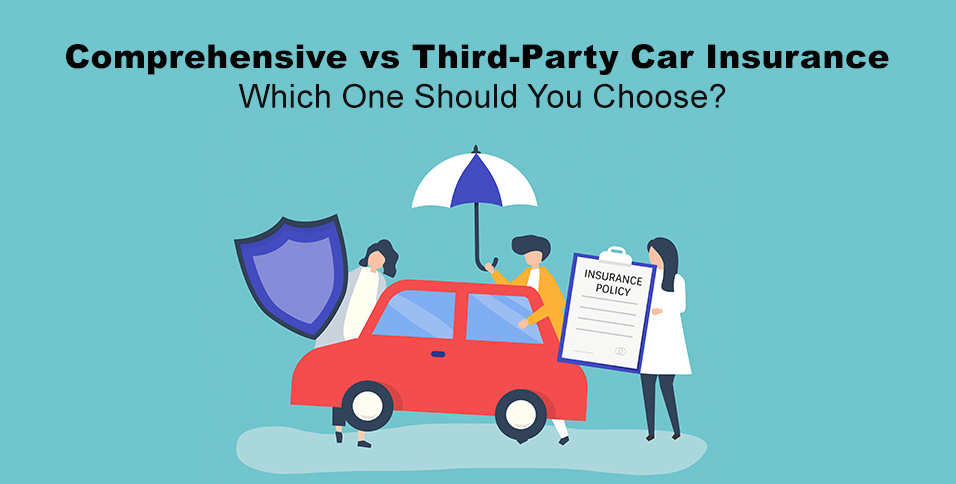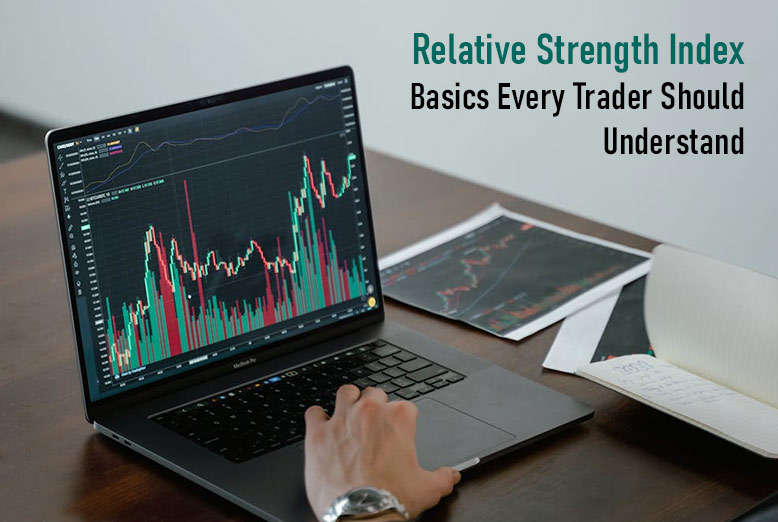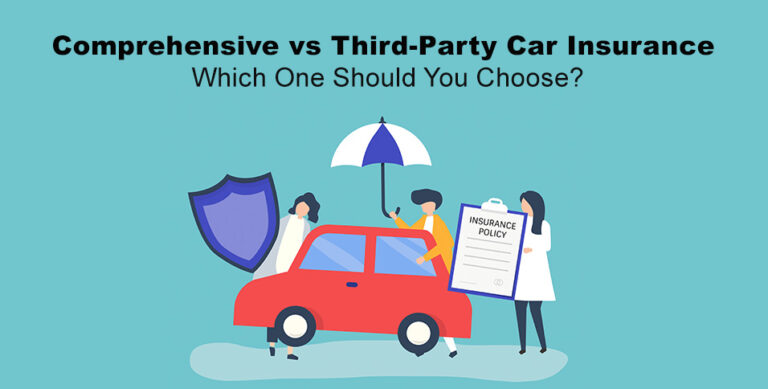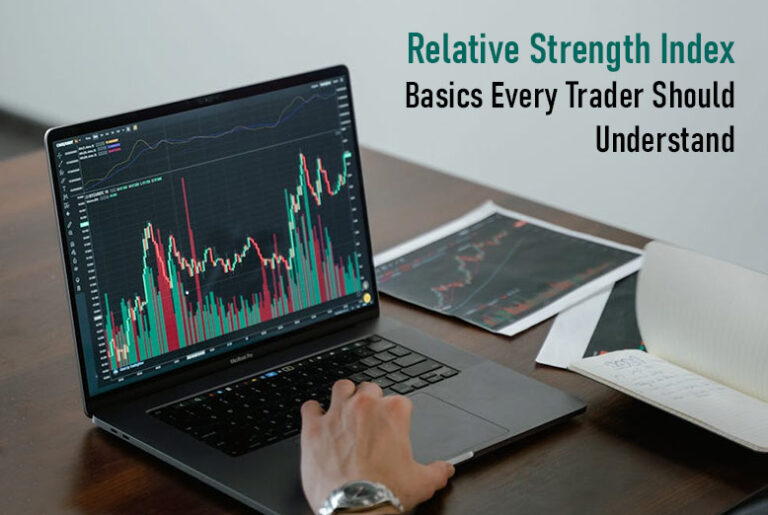Safeguarding your car financially requires choosing the right insurance policy. While a third-party policy fulfils only the legal requirement, a comprehensive car insurance policy offers complete protection,
Many car owners struggle to decide between the two, often focusing on price rather than coverage. Understanding how each type works and what it truly offers can help you make a smarter and more secure decision for your vehicle.
What is Third-Party Insurance?
Third-party car insurance is the minimum coverage required under Indian law. Third-party car insurance is the minimum coverage required under Indian law. It protects you from financial strain if your insured car causes injury, death or property damage to another person. However, this policy does not cover damage to your own car in the event of an accident, theft or natural disaster.
When it is time for your car insurance renewal, it is essential to evaluate whether third-party coverage alone is enough for your needs. While it satisfies the legal requirement, it might leave you financially vulnerable if your own vehicle suffers damage. This is where the comprehensive plan becomes more beneficial.
What is Comprehensive Car Insurance?
Comprehensive car insurance offers wider protection by covering both third-party liabilities and own-damage costs. It includes damage caused by accidents, fire, natural calamities, theft and even vandalism.
This means that you are financially protected not just against third-party losses, but also against potential expenses for repairing or replacing your own vehicle.
Additionally, you can enhance your coverage with useful add-ons.
- Zero Depreciation Cover: Ensures full claim settlement without considering part depreciation.
- Roadside Assistance: Provides help during emergencies like flat tyres or breakdowns.
- Engine Protect Cover: Covers engine damage due to water ingress or oil leakage.
Key Differences Between Comprehensive and Third-Party Insurance
Here’s how these two types of policies differ:
| Feature | Third-Party Insurance | Comprehensive Insurance |
| Coverage | Covers third-party injury, death, or property damage | Covers third-party + own vehicle damages |
| Legal Requirement | Mandatory | Optional but recommended |
| Add-Ons | Not available | Multiple add-ons available |
| Premium | Lower | Higher, but broader coverage |
| Financial Protection | Limited | Extensive |
While third-party insurance is economical, comprehensive insurance provides a far greater sense of security and long-term value.
Which One Should You Choose?
The right choice depends on your car’s age, value and usage:
- If your car is older and used infrequently, third-party insurance may be sufficient.
- If you own a newer or high-value car, comprehensive insurance is the wiser choice for complete financial protection.
Also consider your driving environment, urban traffic and parking conditions increase the risk of accidental damage, making comprehensive coverage even more practical.
Conclusion
At the end of the day, choosing between third-party and comprehensive car insurance depends on what you expect from your policy. Third-party insurance does the job if you just want to meet the legal requirement, but it won’t help much if your own car gets damaged.
Comprehensive insurance, on the other hand, gives you that extra peace of mind. It covers your car against accidents, natural disasters, theft, and more. Sure, the premium is a bit higher, but it saves you from paying big repair bills later. And in a world where even a small dent can cost a fortune, that is worth it.
If you are thinking about upgrading or switching, it is easy to compare plans and make changes during your car insurance renewal.
With insurers like TATA AIG, you can do it all online, check quotes, add covers you actually need and renew your policy in minutes. It is a simple way to keep both your car and your finances protected every time you hit the road.
Also Read: Who Should Opt For Pay As You Drive Car Insurance?










